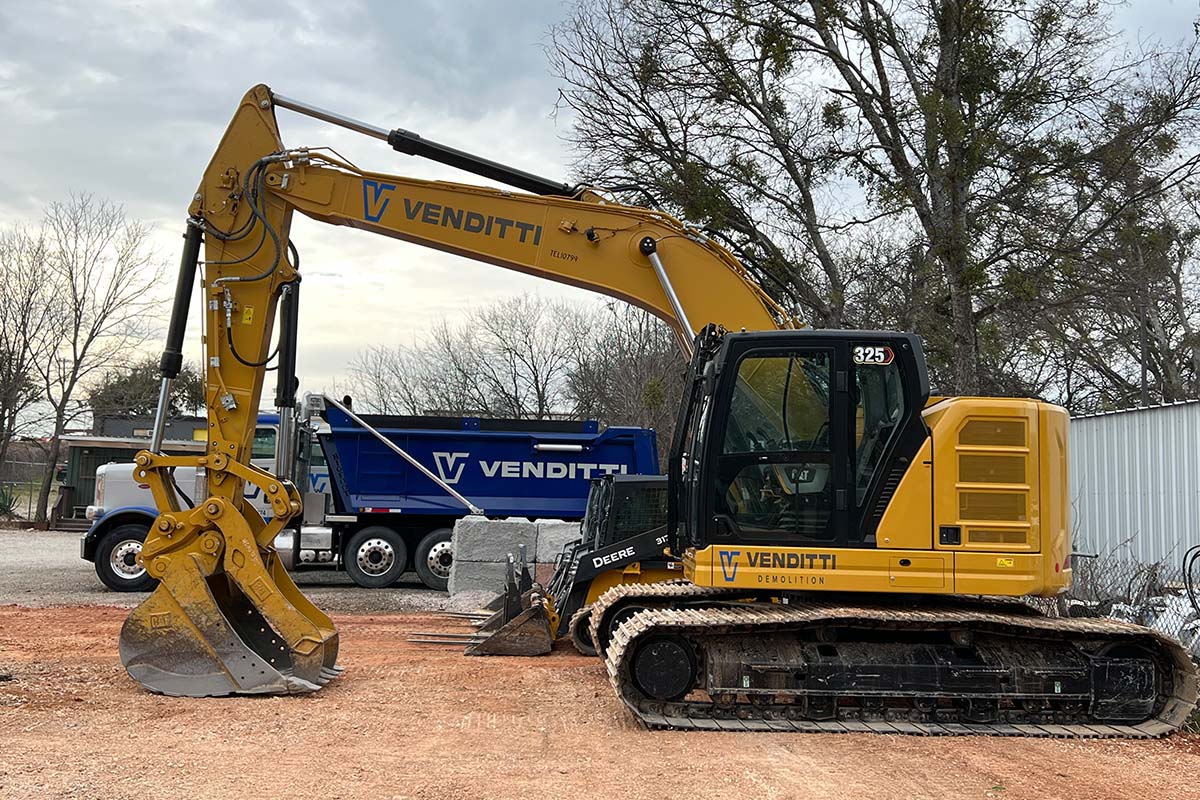
Precision Demolition Techniques for Safe Dismantling
In the world of construction and renovation, precision demolition techniques have gained significant attention for their ability to safely and efficiently dismantle structures. Whether you are dealing with a small residential property or a massive industrial complex, the importance of precise demolition cannot be overstated. This article will explore the various precision demolition techniques that ensure a safe and controlled dismantling process.
Understanding Precision Demolition
Precision demolition is a specialized process that involves the careful and controlled removal of structures while minimizing damage to the surrounding environment. Unlike traditional demolition methods that rely on brute force, precision demolition focuses on surgical precision and accuracy. This approach ensures that only the intended parts of a structure are removed, leaving everything else intact.
The Importance of Planning
Before any demolition project begins, meticulous planning is essential. This includes a thorough assessment of the structure, identification of potential hazards, and the development of a detailed demolition plan. Proper planning helps minimize risks, reduces the environmental impact, and ensures the safety of workers and bystanders.
Selective Demolition
Selective demolition is a key component of precision techniques. It involves the careful removal of specific components or sections within a structure while leaving the rest untouched. This is often used when renovating historical buildings or repurposing existing structures.
High-Reach Excavators
High-reach excavators are specialized machines designed for tall structure demolition. They have extended arms and attachments that allow for controlled dismantling of structures from the top down. This method is particularly useful in urban areas where space is limited.
Implosion Demolition
Implosion demolition is a controlled explosion technique used to bring down tall buildings in confined spaces. Explosives are strategically placed to weaken the structure’s support, causing it to collapse inward. This method requires meticulous planning and is used when traditional methods are impractical.
Hydraulic Breakers
Hydraulic breakers are powerful tools that use hydraulic pressure to break down concrete and other materials. They are commonly used in precision demolition to remove walls, floors, and foundations without causing collateral damage.
Cutting and Sawing
Precision cutting and sawing techniques are employed to slice through concrete, steel, and other materials with utmost precision. This is often used when separating a building from an adjoining structure or for creating precise openings.
Robotics in Demolition
Robotic demolition equipment is becoming increasingly popular due to its ability to access tight spaces and perform intricate tasks. These robots are remotely operated and equipped with various tools, making them ideal for precision work.
Environmental Considerations
Precision demolition techniques prioritize environmental sustainability. By minimizing waste and pollution, these methods contribute to a greener construction industry. Salvaging materials for reuse and recycling are also integral to this approach.
Salvage and Recycling
One of the key benefits of precision demolition is the ability to salvage valuable materials for reuse. Salvaging reduces waste and lowers project costs. Recycling materials like concrete and steel also lessens the environmental impact of demolition.
Safety Measures
Safety is paramount in precision demolition. Stringent safety protocols are followed to protect workers and the public. This includes ensuring structural stability during the demolition process, using personal protective equipment, and employing trained professionals.
Cost Efficiency
While precision demolition may seem more expensive initially, it often proves to be cost-effective in the long run. Reduced waste disposal costs, salvaged materials, and minimized damage to adjacent structures contribute to its overall cost efficiency.
Case Studies
To better understand the effectiveness of precision demolition techniques, let’s look at a couple of real-world examples:
Case Study 1: Historic Building Restoration
In a city’s historic district, a centuries-old building required renovation. Precision demolition techniques were employed to carefully dismantle and preserve the original façade and structure. This approach allowed for a successful restoration project that maintained the building’s historical integrity.
Case Study 2: Industrial Complex Decommissioning
An outdated industrial complex needed to be decommissioned and demolished to make way for new development. Precision techniques, including the use of high-reach excavators and selective demolition, were used to remove specific sections while ensuring safety and environmental compliance.
Benefits of Precision Demolition
Precision demolition techniques offer several advantages:
Safety: Minimizes risks to workers and the public.
Environmental Sustainability: Reduces waste and pollution.
Cost Efficiency: Lower long-term costs through salvage and recycling.
Preservation: Allows for the preservation of historic or valuable structures.
Precision: Ensures precise removal of specific components.
Precision demolition techniques have revolutionized the demolition industry by prioritizing safety, sustainability, and precision. By understanding the importance of planning, utilizing specialized equipment, and emphasizing safety measures, construction professionals can ensure the safe and efficient dismantling of structures.
FAQs
Is precision demolition suitable for all types of structures?
Precision demolition can be adapted to various structures, but it’s especially useful for complex or sensitive projects.
How do precision demolition techniques affect project timelines?
While planning may take longer, precise execution often results in shorter overall project timelines.
Are precision demolition techniques more expensive than traditional methods?
Initially, precision techniques may seem costlier, but they can lead to long-term cost savings through salvage and recycling.
Can precision demolition be used for residential properties?
Yes, precision demolition can be applied to residential properties, especially for renovations or expansions.
What safety measures should be in place during precision demolition?
Safety measures include structural assessments, proper training, personal protective equipment, and adherence to local regulations.


